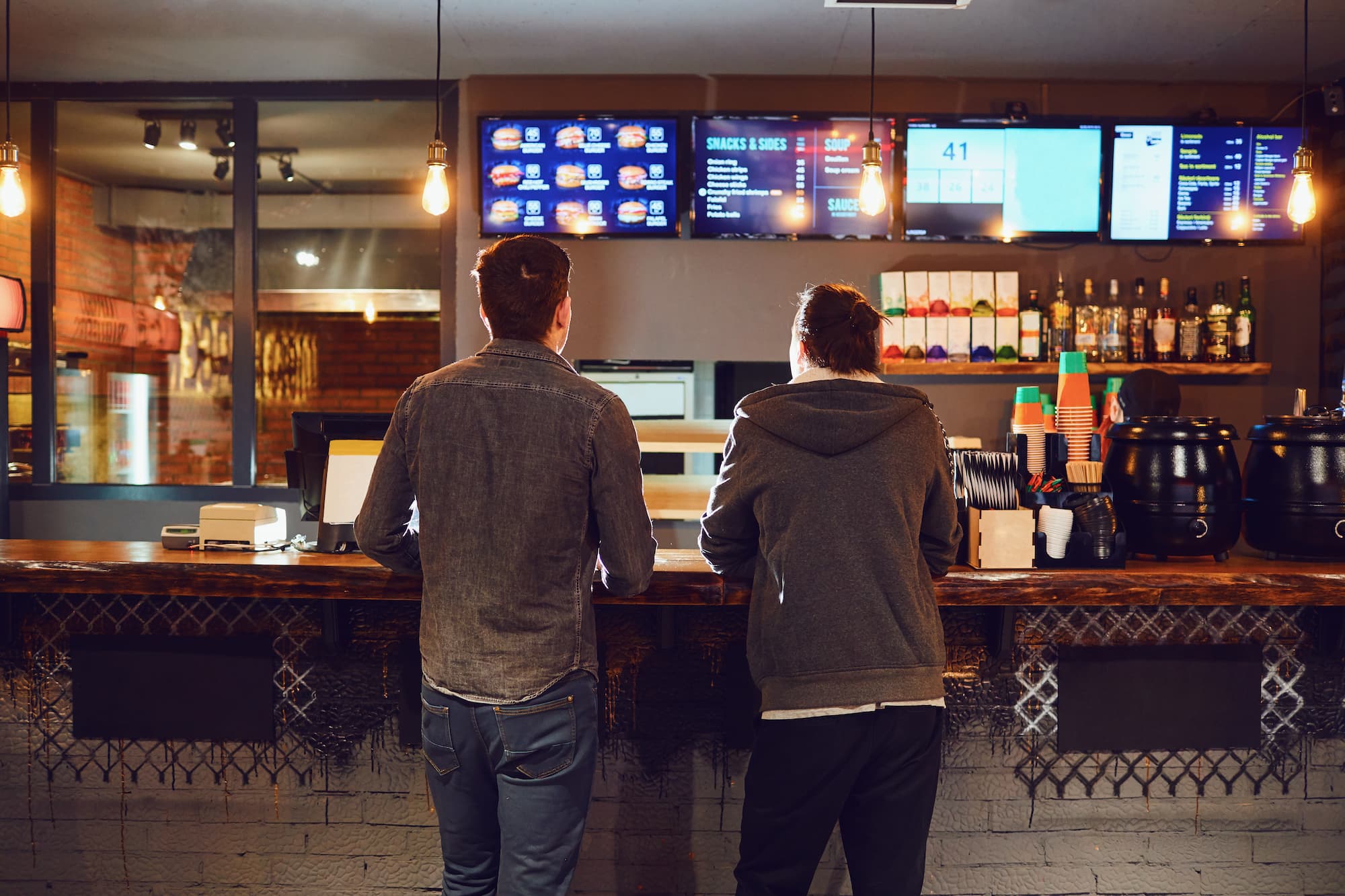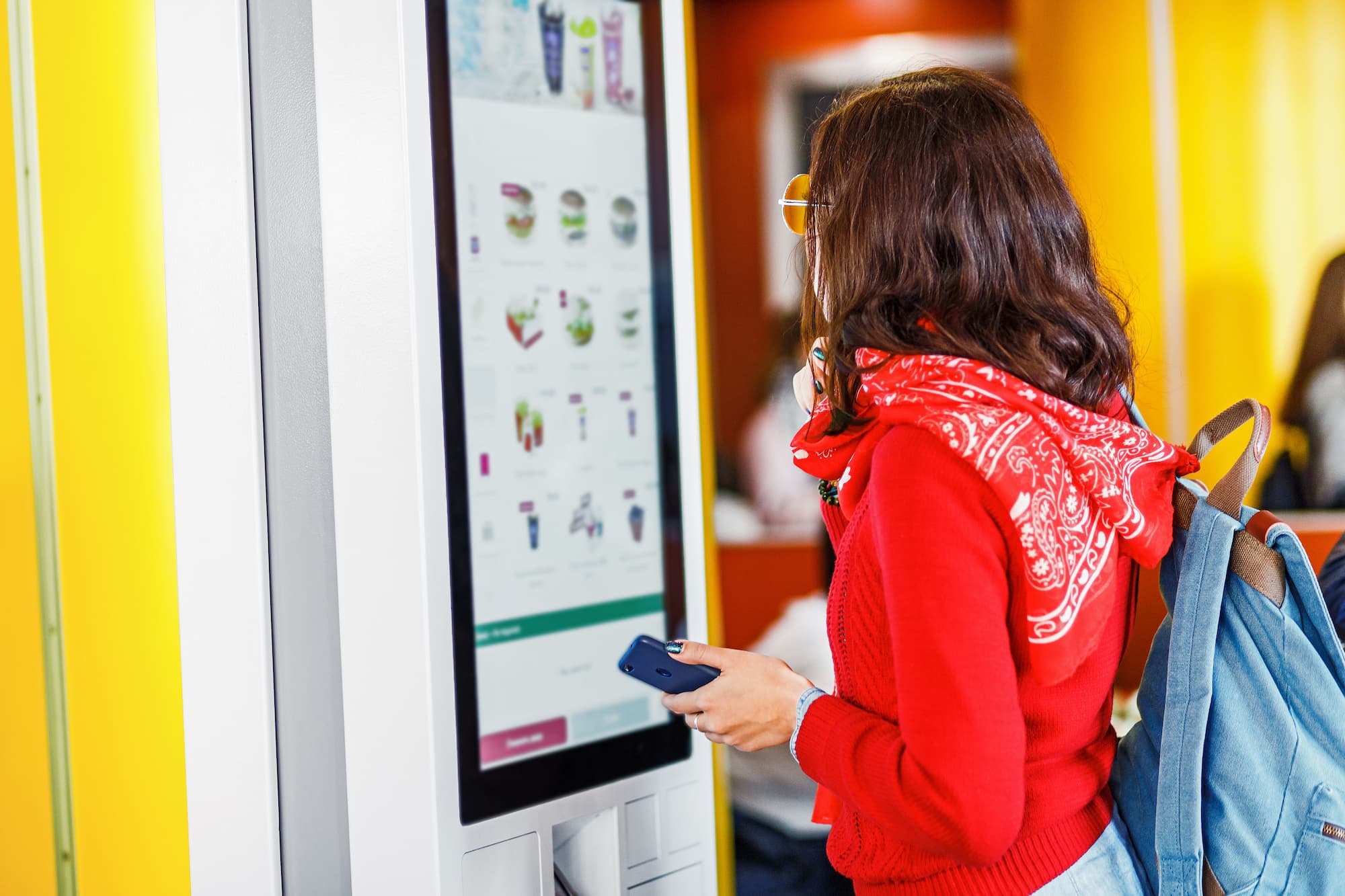The 2021 labor shortage is sending shockwaves throughout the broader restaurant industry, and there’s no end in sight. For a variety of reasons (discussed in detail elsewhere), workers aren’t returning in anywhere near the numbers that the industry needs to be fully staffed.
Quick-service restaurants, while faring better than full-service establishments, are dealing with the same struggles, and most industry experts agree that this shortage won’t end anytime soon. The shortage is likely to persist for at least as long as workers are concerned about their COVID-related health and safety on the job.
Restaurants are scrambling for strategies to attract and retain talent. Hiring bonuses and higher wages are two avenues, but these prime costs create difficulties for operators running on thin margins.
In the context of all these challenges, technology is one attractive solution that can ease the strain during the 2021 labor shortage. While technology can’t (and shouldn’t) replace your human staff entirely, it can ease the pressure, helping you do more with less and maintain your customers’ expectations.
How exactly can technology help quick-service restaurant managers, owners, and executives adapt to the 2021 labor shortage? We’ve highlighted five ways below.
How QSRs Can Adapt to Decreased Staffing
POS Data & Predictive Scheduling Maximize Your Available Staff Allocation
When you’re dealing with a labor shortage, the last thing you need is to be wasting your staff allocation through overstaffing. But many QSR managers still manually build their staffing schedules using pencil and paper and a whole lot of “intuition” (read: guesswork).
Inevitably, this leads to having too many staff at certain points and not enough at others.
There’s a better way. Predictive scheduling software uses historical sales data from the restaurant’s point of sale (POS) system to identify trends and patterns based on numbers, not intuition. This software can make recommendations to restaurant managers, who can still make final adjustments to staffing needs.
By maximizing available staff through data-powered predictive scheduling, operators and franchisees can lessen the impact of the staffing shortage on individual restaurants.
Self-Service Kiosks Relieve Front Counter Stress
Self-service kiosks have been around in some capacity for over a decade, but older models tended to be slow and limited in terms of functionality. Today’s self-service kiosks are more powerful and more adaptable, giving customers an alternative to waiting in line for a human to take down their order.
Self-service kiosks can also take payments, adding more POS terminals and increasing customer throughput.
QSRs are using self-service kiosks to relieve front counter stress, as well as to free up staff to focus on non-automated processes, like running tables and cooking food.
Tablet POS Solutions Save Time & Bust Lines
Not every QSR is adaptable to self-service kiosks. Tablet POS solutions are another option that can increase the speed of service and reduce choke points. Chick-Fil-A, for example, has implemented this solution famously well in its drive-thrus, with a roaming staffer taking some pressure off the inside staff.
Tablet solutions tend to require a human operator, but by alleviating pressure elsewhere in the workflow, they still help to offset the labor shortage.
Automation Tools Speed & Simplify Scheduling
Scheduling employees has long been a pain point for restaurant operators, and adding both a pandemic and a labor shortage to the mix certainly has not helped. The truth is, the industry isn’t just facing an entry-level worker shortage. Managers and assistant managers are also in short supply, and many in those roles are newly promoted.
Anything that can ease the workload and reduce errors from store managers and assistants is a welcome development.
Restaurant-focused automation tools can reduce manual scheduling work for managers. These tools can also be configured to automatically reach out to employees via text or email, helping to solve shift swaps and emergency call-ins.
Kitchen Display Systems Empower Back-of-House Staff
Most QSRs have already moved past the handwritten diner ticket method of tracking orders from front to back-of-house. Whether a restaurant is using a dated kitchen display system or none at all, a modern replacement can work wonders. Such a system can reduce errors due to misreading and can help restaurants better prioritize kitchen workflow. The best systems can even identify items or meals that could be cooked together, a huge benefit for QSRs dealing with inexperienced BOH staff.
IT Vendors Need a Partner That Understands QSR
One common objection from QSRs (and their IT vendors) about exploring and implementing new technology solutions is the difficulty of keeping those new devices and machines functioning properly. This is a valid concern: QSRs understandably aren’t keeping a QSR tech around for each restaurant or group of restaurants. And in the case of larger brands, their IT vendors can’t possibly keep field services staff in every town with a franchise.
IT vendors and QSR operators need a deployment partner they can count on, one that understands the intricacies and unique business models of QSRs. Further, they need a deployment partner with a global network of local technicians that are ready to go at a moment’s notice.
Kinettix is built with exactly this model in mind. We have the global footprint that QSR brands need, with an uncompromising commitment to high-quality service. If you’re struggling with your current deployment partner, it’s time for a change. Ready to talk? Reach out to the Kinettix team today.






